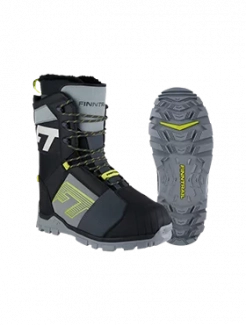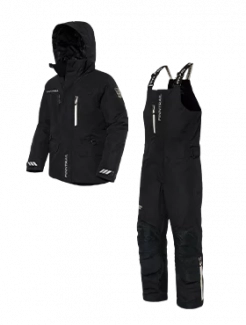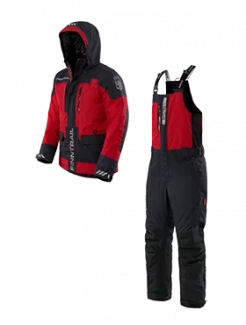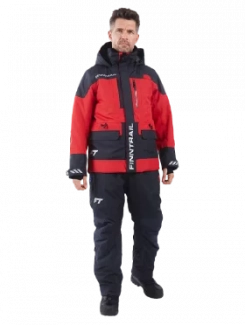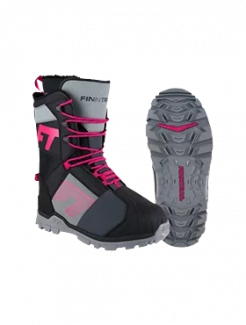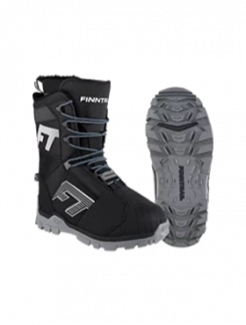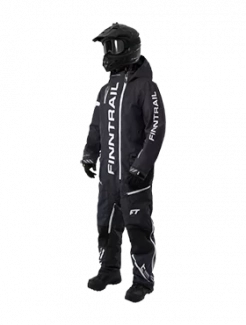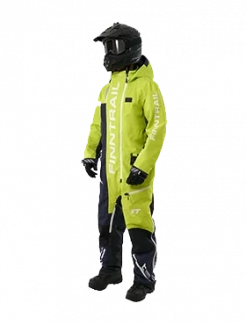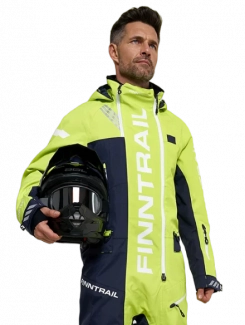Snowmobile Safety Guide: Avalanche Packs and Survival Gear
Snowmobiling in the backcountry offers a sense of freedom and adventure that few winter activities can match. Wide-open powder fields, steep mountain slopes, and untouched trails call to riders looking for adrenaline and escape. But as thrilling as it is, snowmobiling in avalanche terrain comes with real risks. That’s why safety and the right survival equipment should always be your top priority.
One of the most important investments any rider can make is a snowmobile avalanche pack—a backpack designed to help you survive if you’re caught in an avalanche. Combined with a well-thought-out survival pack, it could mean the difference between a safe return and a dangerous outcome.
This guide covers the must-have safety gear for snowmobiling, explains how avalanche packs work, and provides practical safety tips to help you prepare for every ride.
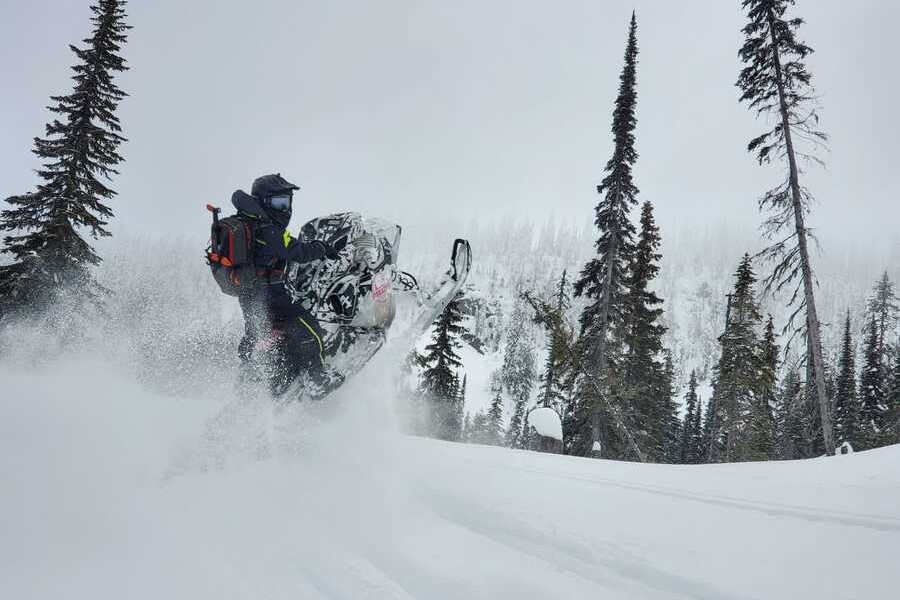
Why Snowmobile Safety Matters
Snowmobiling may feel like pure fun, an adventure filled with speed, powder turns, and the thrill of exploring wide-open backcountry. But beneath the excitement lies a serious side—because the risks are real. Every season, riders face dangers such as avalanches, sudden whiteouts, mechanical breakdowns, frostbite from extreme cold, and the possibility of getting stranded miles away from the nearest road or help. Unfortunately, accident statistics and rescue reports remind us year after year that even experienced riders are not immune.
What makes snowmobiling unique compared to skiing or snowboarding is the sheer distance you can cover in a short time. Within an hour, a snowmobile can take you deep into remote, avalanche-prone terrain where cell service disappears and rescue access is limited. This ability to travel fast and far is part of the appeal, but it also increases the consequences of being unprepared. Without the proper gear, a minor mishap can escalate into a life-threatening emergency.
That’s why safety equipment is more than just a checklist—it’s your lifeline. Avalanche awareness and training should be the foundation for every rider venturing into the backcountry. Understanding how to read terrain, assess snowpack conditions, and recognize warning signs is just as critical as knowing how to operate your sled. But knowledge alone isn’t enough. The right snowmobile pack, equipped with avalanche essentials such as a beacon, probe, and shovel, along with first-aid supplies, extra layers, food, and water, can make the difference between survival and tragedy.
Seconds truly matter in an avalanche rescue. When a rider is buried, companions—not professional rescuers—are usually the only ones with the chance to dig them out in time. Having the right pack and the training to use it gives you and your group that chance. Pair this with reliable communication devices, spare tools for mechanical issues, and basic survival items like fire starters or an emergency shelter, and you’re prepared not just for the ride, but for the unexpected.
Snowmobiling is about freedom, adventure, and camaraderie—but it should always be about safety too. Preparing properly ensures you can enjoy every ride with confidence, knowing that you’ve respected the risks as much as the rewards.
What Is a Snowmobile Avalanche Pack?
An avalanche pack is more than just a regular backpack—it’s a highly specialized piece of safety equipment designed for riders who venture into avalanche terrain. At its core, it features an integrated airbag system that can be deployed within seconds at the pull of a handle. When activated, the airbag inflates to increase the rider’s overall volume, helping them rise toward the surface of the moving snow. This principle, often compared to how larger objects naturally float to the top of a fluid, greatly reduces the risk of being completely buried.
Research and real-world rescue data show that avalanche airbags can significantly improve survival chances by keeping riders closer to the surface and easier to locate. While they don’t eliminate risk entirely, they buy precious time and increase visibility during one of the most dangerous situations a snowmobiler can face.
However, it’s critical to understand that airbags alone are not enough. An avalanche pack should always be part of a complete set of rescue tools: transceiver, probe, shovel.
Together, these items form the foundation of avalanche safety gear. Carrying them is only half the equation—every rider should also be trained in how to use each tool effectively, and practice regularly with their group. In an avalanche, rescue often depends not on professional teams but on companions, and every second counts.
For snowmobilers, an avalanche pack isn’t just another accessory—it’s a vital piece of gear that combines prevention and preparedness, giving you and your crew the best possible chance in the backcountry.
Features to Look for in the Best Snowmobile Avalanche Pack
When choosing staff for your avalanche pack, consider the following features:
-
Airbag System: look for proven technologies like compressed gas or electric fan inflation systems. both have pros and cons, but reliability and ease of use are key.
-
Fit and Comfort: a good pack distributes weight evenly and doesn’t restrict movement while riding. Adjustable straps and padded back panels make a big difference on long days.
-
Storage Capacity: you’ll need enough space for avalanche tools, first aid supplies, extra clothing, water, and food. A 20–30L capacity is often ideal for snowmobilers.
-
Durability: avalanche terrain is rough. Reinforced fabric and high-quality zippers ensure your pack can withstand heavy use.
-
Ease of Access: quick-access compartments for your shovel and probe are essential—you don’t want to waste precious time in an emergency.
Building a Complete Snowmobile Survival Pack
While airbags are essential, a full survival pack includes more than avalanche gear. Think of it as your lifeline in case of breakdowns, bad weather, or emergencies far from the trailhead. Here’s what should be on your packing list:
1. Avalanche Safety Gear
-
Avalanche transceiver (worn on your body, not in your pack)
-
Probe and shovel (fast, durable, and lightweight)
-
Avalanche airbag backpack (the core of your safety system)
2. Navigation and Communication
-
GPS device or smartphone with offline maps
-
Satellite communicator or two-way radio
-
Compass and map as a backup
3. First Aid and Emergency Supplies
-
Compact first aid kit
-
Emergency blanket or bivy sack
-
Fire starter (matches, lighter, or fire-steel)
-
Multi-tool or knife
4. Extra Clothing
-
Insulated gloves and socks
-
Balaclava or face mask
-
Lightweight down jacket or insulating mid-layer
-
Goggles with spare lenses
5. Food and Hydration
-
High-calorie snacks like energy bars or trail mix
-
Insulated water bottle or hydration pack to prevent freezing
6. Mechanical Tools and Recovery Gear
-
Basic tool kit for snowmobile repairs
-
Tow rope or strap
-
Spare spark plugs and belt
Together, these essentials create a snowmobile survival pack that prepares you for both avalanches and everyday backcountry challenges.
Snowmobile Safety Tips Every Rider Should Know
Owning the right gear is just the beginning. The most important element of safety is how you use it. Here are practical safety tips to keep in mind:
-
Take an Avalanche Safety Course
Knowledge is your first line of defense. Avalanche training teaches you how to recognize risky terrain, read snow conditions, and use rescue gear effectively. -
Never Ride Alone
Always travel with partners. A group can help in case of avalanche burial, breakdown, or injury. -
Practice with Your Gear
Deploy your avalanche airbag, practice beacon searches, and run rescue drills. In a real emergency, muscle memory saves time. -
Check Conditions Before You Ride
Monitor avalanche forecasts and weather reports. Avoid slopes steeper than 30 degrees in high-risk conditions. -
Stay Visible and Connected
Wear bright clothing, carry radios, and let someone know your planned route before heading out. -
Know Your Limits
Don’t push into dangerous terrain without the training, experience, and gear to manage the risks.
Why Avalanche Training Completes Your Safety Gear
No piece of equipment guarantees survival without proper training. An avalanche snowmobile setup helps, but only when used correctly and in combination with smart decision-making. Avalanche safety courses teach critical skills: terrain recognition, snowpack evaluation, rescue techniques, and group management.
Think of it this way: your safety gear gives you tools, but training gives you the knowledge to use them effectively. The combination of both is what truly saves lives.
Putting It All Together: Your Snowmobile Packing List
To recap, here’s a quick packing list for every backcountry ride:
-
Avalanche pack with airbag
-
Beacon, shovel, probe
-
Navigation tools (GPS, map, compass)
-
First aid kit and emergency shelter
-
Extra clothing layers
-
Food and water
-
Repair kit and tow strap
This checklist ensures you’re ready not just for avalanches but also for mechanical failures, sudden storms, or long nights outdoors.
Final Thoughts
Snowmobiling in the backcountry is an unforgettable adventure, but it demands respect for nature’s risks. Equipping yourself with the avalanche pack, a well-planned survival pack, and following proven snowmobile safety tips dramatically improves your chances of staying safe.
Remember: safety gear is not optional—it’s as important as your machine itself. Invest in high-quality avalanche equipment, build a reliable snowmobile pack, and take the time to train with your riding group. With preparation and the right mindset, you can enjoy the freedom of the backcountry while knowing you’ve done everything possible to come home safe.

